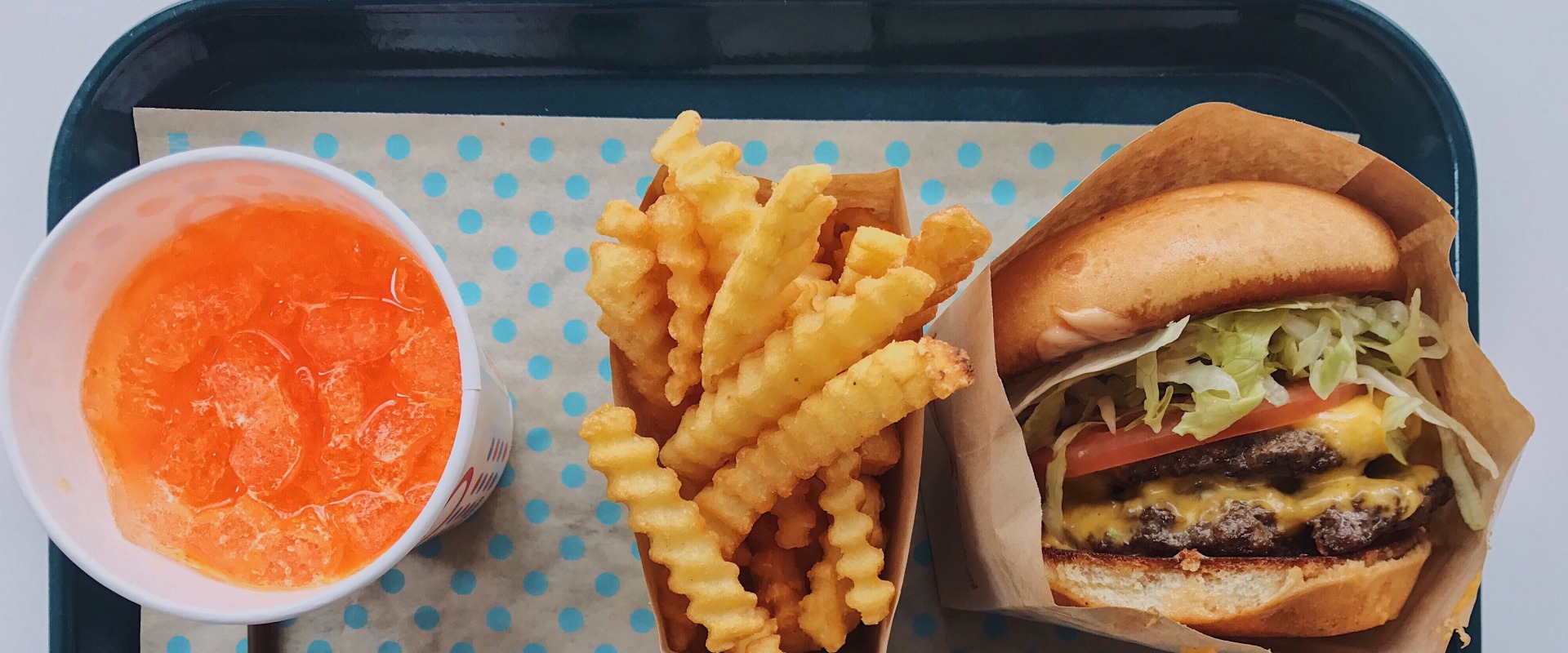The fast food industry is a highly competitive market, with minimal exchange costs and customers who can be fickle. In the United States, fast food hamburger restaurants dominate the market, accounting for more than 30% of industry sales. However, this share is decreasing, and Mexican food in particular has been gaining traction. This is beneficial for franchise owners, who benefit from well-targeted national advertising campaigns, the expertise of fast food experts, and other resources that individual entrepreneurs may not have access to.
There are over 200,000 fast food restaurants in the United States that serve around 50 million people every day. Fast food restaurant analysis is a market research tool that shows how certain fast-food restaurants compare to their competitors in terms of sales, service, and product quality. The U. S.
fast-food and quick-service restaurant industry is characterized by intense competition, with each brand presenting new strategies and techniques. There has been a long-term trend of spending more money on food outside the home, which is likely to be restored. Secondary analyses of the fast food industry can be purchased from companies such as the NPD Group or A. This long-term approach requires confidence that consumers in these countries will eventually flock to fast-food establishments and move away from traditional restaurants quickly.
Many organizations have tried to carry out advertising campaigns that discuss food quality and new initiatives to help shape public opinion about calorie intake. Fast food industry analysis can also include demographic comparisons between major competitors, such as the average age, income, and household size of each competitor's customers. Franchises allow fast food businesses to expand at a faster pace without using borrowed funds. Other players have broken into the market by offering healthier foods and different options for fast food consumers.
Fast food companies also conduct industry analysis on their own through primary research, including qualitative and quantitative studies. Fast food is mass-produced food designed for commercial resale with speed of service being the top priority. In qualitative research, a fast food company may ask consumers to compare one of their new products with an item that is competitive in terms of quality and price. Fast food restaurants may be in separate areas but are also often found inside other stores, malls, or larger rest stops. The fast-food restaurant industry in the United States ranks second in the food and room service industry by market size and 35th largest in the U.
S.Franchise owners benefit from well-targeted national advertising campaigns that individual entrepreneurs may not have access to. Fast food companies conduct industry analysis on their own through primary research such as qualitative and quantitative studies. These studies can include demographic comparisons between major competitors like average age, income, and household size of each competitor's customers. Other players have broken into the market by offering healthier foods and different options for fast food consumers. Organizations have tried to carry out advertising campaigns that discuss food quality and new initiatives to help shape public opinion about calorie intake. The U.
fast-food restaurant industry is characterized by intense competition with each brand presenting new strategies and techniques to gain an edge over their competitors. The long-term trend of spending more money on food outside the home is likely to be restored as well.









